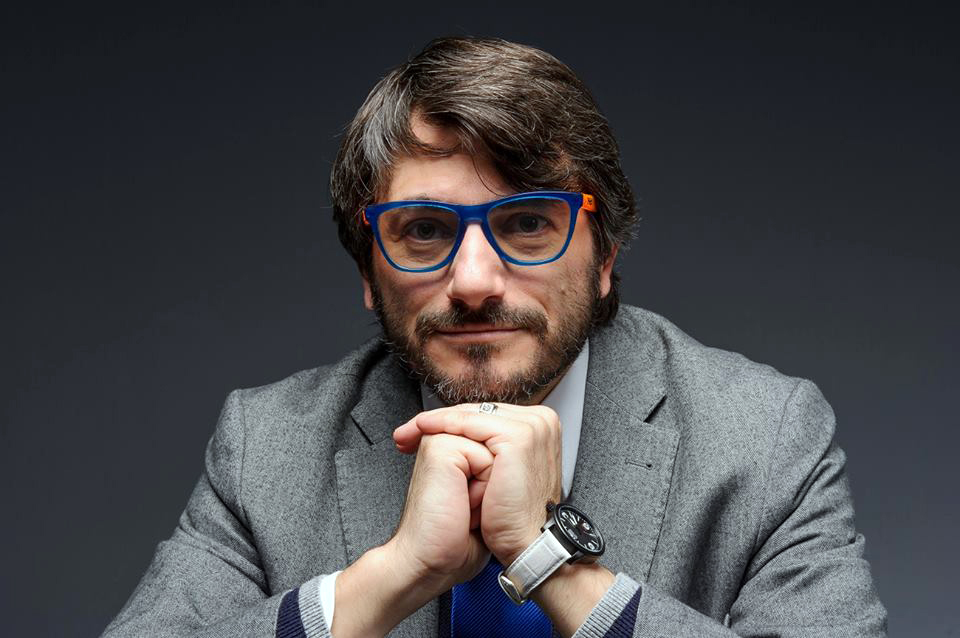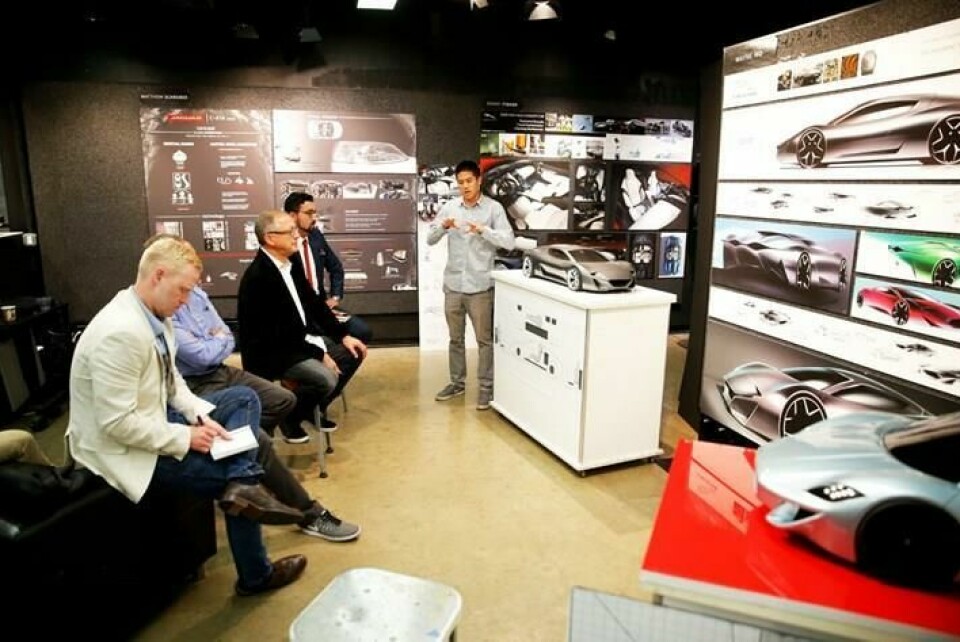
How to be a car designer part 3: Going to design school
Making the most of your time at design school, from smart planning to your final portfolio
How to be a car designer Part 1: Turning passion into a profession
-
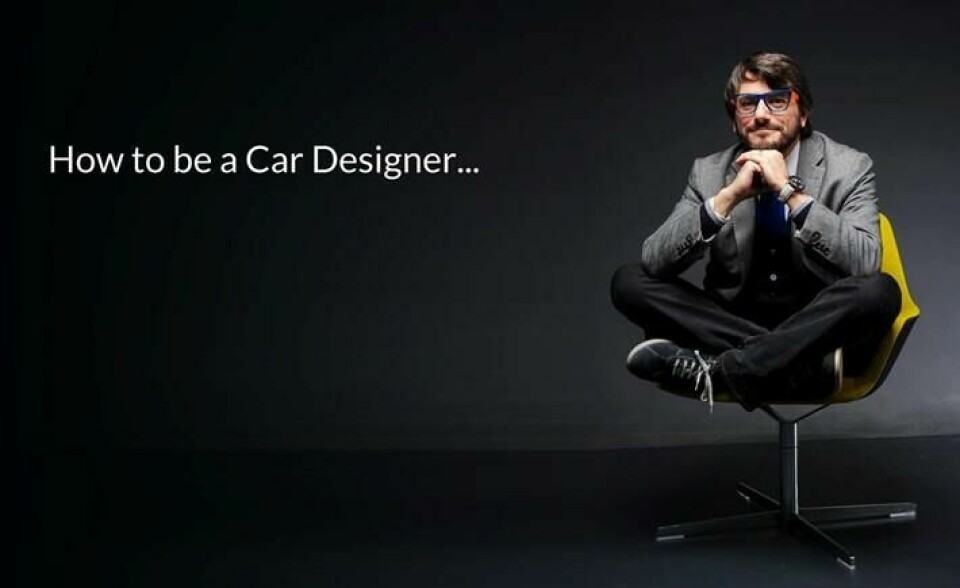
How to be a car designer Part 1: Turning passion into a profession
-
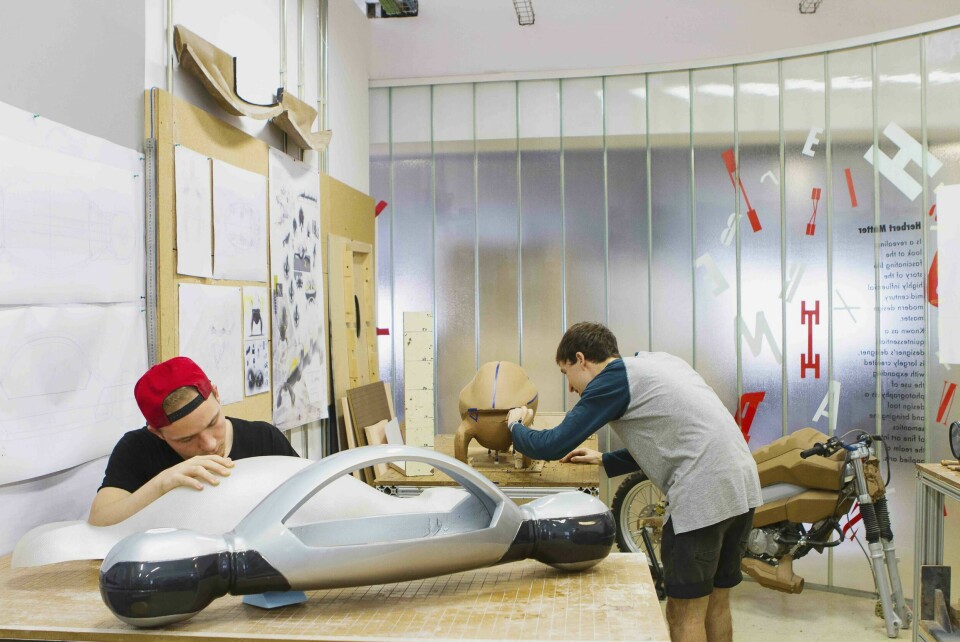
How to be a car designer part 2: Starting design school
-

How to be a car designer part 3: Going to design school
-
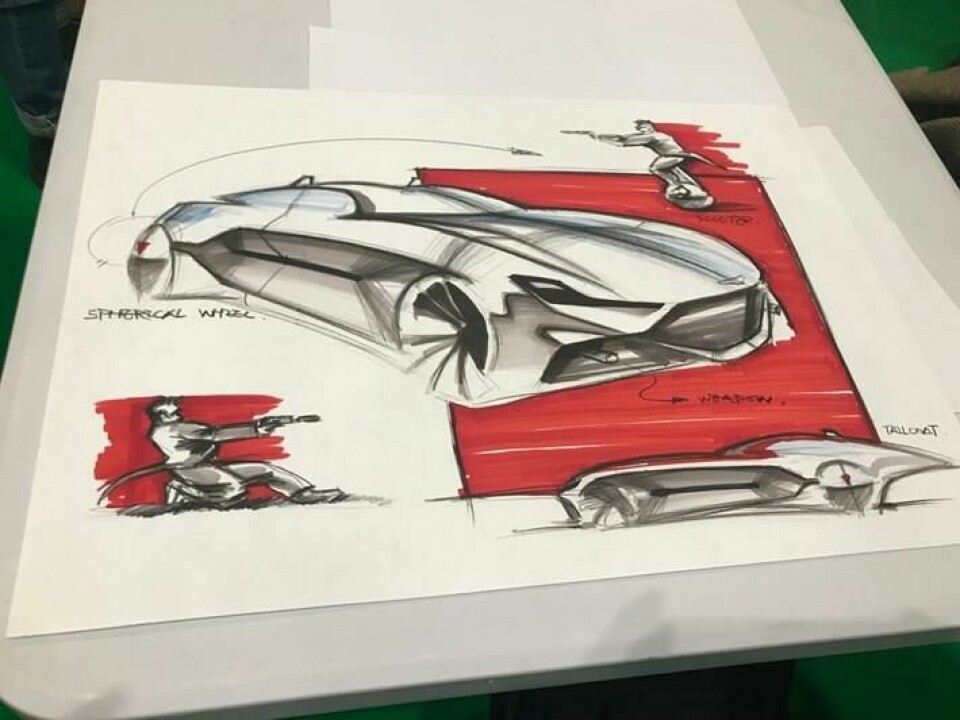
How to be a car designer Pt4: Your portfolio
-

How to be a car designer Pt5: The (job) interview
-
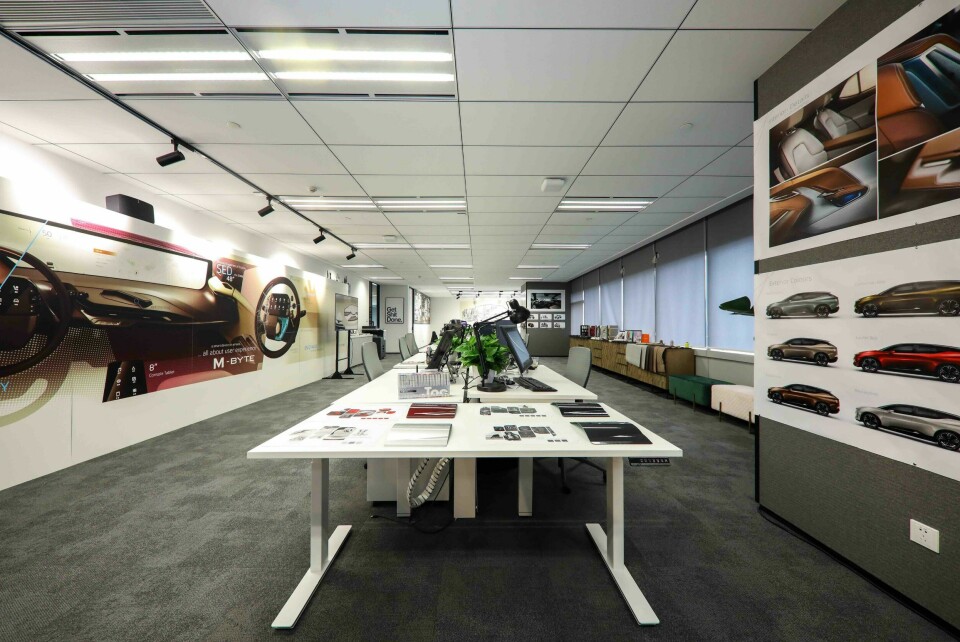
How to be a car designer part 6: The internship
-
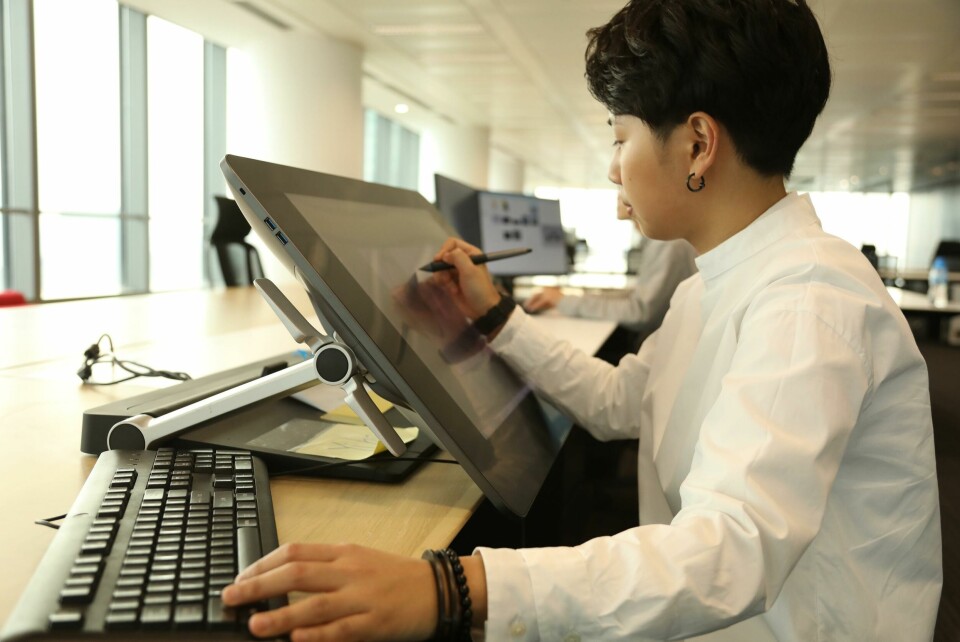
How to be a car designer Pt7: Just got hired, the adventure begins…
Getting a place at a design school is just the start of a long, difficult journey in a very competitive environment. It’s one where you’ll have to learn quickly just how much effort and dedication it takes to accomplish your mission of becoming a professional designer.
Starting school
In order for your time at design school to be a success, you must make thinking and acting professionally your philosophy right from the start. That way, when you’re bombarded with huge amounts of new information, you do so in a calm and considered way. With that mindset, you’ll be ready to take on anything, starting with learning and mastering the basics of drawing.
If you do not know how to draw an object you will not be a designer, it’s as simple as that. During your first 18 months in school you should pay strong attention to drawing, sketching, colouring, rendering and illustrating because once you’ve mastered those abilities, you can express yourself and – most importantly – show your creativity. If you only realise the importance of drawing once you’re well into your first year at design school, then it will be too late!
The projects step and discipline
Your first projects will probably be in 2D only, but it’s essential that you do lots of drawings and a final rendering that will be good enough for presentation. This will help you will move on to managing more complex projects, eventually going from your very first ideation sketches to a final, virtual digital Alias model, and a real, scale model usually done in clay.
Your final degree show presentation will include all of these elements: sketches and final illustrations plus your virtual model video and your final scale painted model – usually finished few hours before the final presentation. But how are you going to do all this with an excellent final result?
The key to success is being organised. Start by writing down how you use your time. That way you’ll be able to understand how much available time you have in order to complete a project. This will also inform how soon you will need to work on things to get them done in time. It’s also worth building in a few days of flexibility just in case your final illustration or model get destroyed and you need time to repair!
By working methodically, to a timetable that works for you, you will also maintain your discipline, take responsibility, maintain quality, and have time to think and work decisively to achieve the very best work you can.
Presenting your work
The experiences that you have in school are there to ensure you’re ready to enter a real design studio with the right, constructive attitude. It’s during your final months at school, when you undertake internships and hone your final project to perfection, that you will learn a lot about how to present yourself and your project.
Some people are more comfortable giving presentations than others, but it’s a key skill for a designer to be able to communicate their thoughts in a clear, persuasive manner, and one that will become easier with practice.
You can get a head start by preparing well, and thinking positively and professionally. This will enable you to sell yourself to the best of your ability when you present your final portfolio when you’re being interviewed for a job as a professional designer.
A successful portfolio
Your portfolio is extremely important – it’s a collection of your best, most interesting and valuable projects that you have undertaken during your time at school and during your internship. And if you’ve prepared right, developed your sketching skills and managed your time – all with a professional attitude – your portfolio will rightly be an excellent creative record of your time at school, and something with which you should find a job.
How do we make an excellent portfolio? This will be our next subject, stay tuned!
